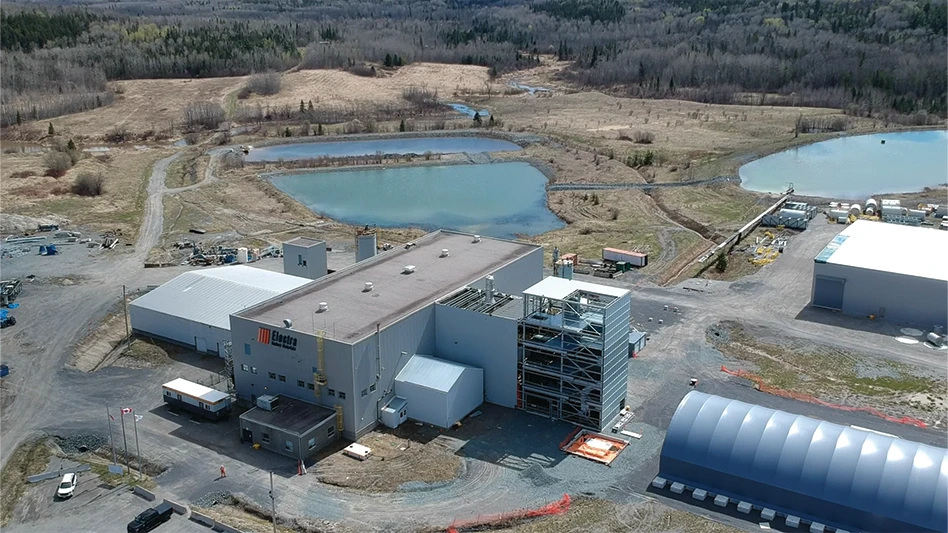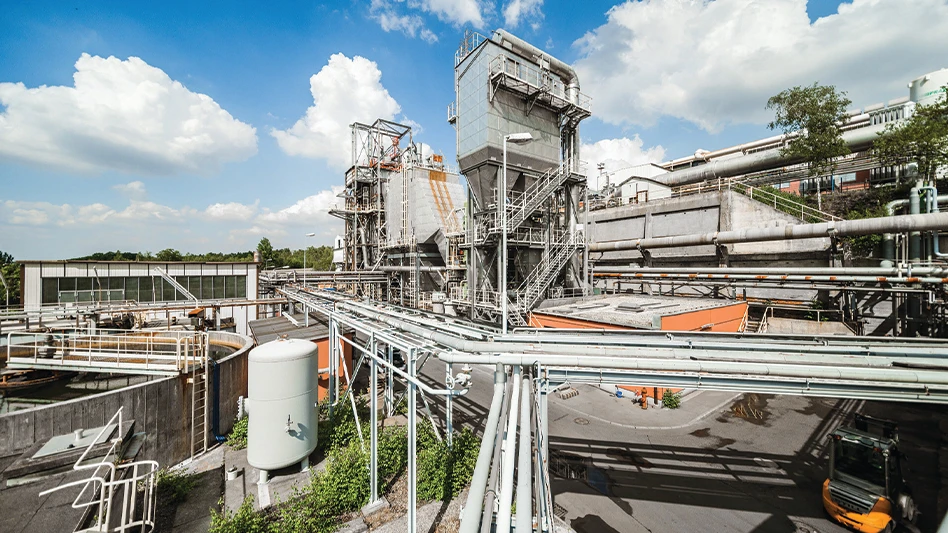Recovered fiber pricing remained unchanged heading into 2019. According to data tracked by Boston-based Fastmarkets RISI Inc., the U.S. national average price for old corrugated containers (OCC) has been $69 per ton for the past two months, and the price for mixed paper stayed at $6 per ton in December and January.
In 2018, the mixed paper grade sank to $0 per ton, with some mixed paper heading for disposal rather than for recycling. However, some paper and board makers in North America have responded to this circumstance, investing in capacity to consume this material. Also, demand for other grades of recovered paper, such as OCC, has increased.
During the 2018 RISI International Recycled Fiber and Containerboard Conference in December in Shenzhen, China, Bill Moore of Moore & Associates, Atlanta, stated that despite the turmoil in recovered fiber markets caused by China’s scrap import restrictions, a consensus had formed among many recyclers that “China’s new standard has been a good thing, despite the pain.”
Moore said investments by Pratt Industries and Green Bay Packaging should help to absorb mixed paper in the United States. Also, China-based Shanying International purchased a pulp and paper mill in Kentucky in mid-2018, which it renamed Phoenix Paper Wickliffe LLC. This mill eventually will consume some recovered fiber.
“With the prohibition of recycling and inspection requirements early in the year, it was just awful.” – a recycler based on the West Coast
Ken Huang, strategy general manager for Shanying International, stated at RISI’s December conference that recovered paper is a “precious raw material for international trade” for his company.
With China’s scrap import restrictions in place, Huang said imported pulp serves as “the best solution” for Shanying.

According to WKMS-FM radio in Murray, Kentucky, the Phoenix Paper Wickliffe mill is expected to open sometime before April this year.
Although these domestic investments are good news for the recovered fiber market, they aren’t likely to have an impact until the second half of 2019 and into the beginning of 2020.
“We’ll start seeing effects [of these mills] as we get into the beginning of the third and fourth quarters of 2019,” says a broker in the Midwest. He adds that recyclers shouldn’t be “lulled into a sense of security” with the new domestic mill capacity, noting that capacity alone won’t solve all the problems of the recovered fiber market.
“Capacity is only as good as the sale of the end product,” the Midwest broker says. “Paper mills can have all the capacity they want, but if there is no demand for boxes, that’s a lot of unused capacity.”
In recent months, recyclers also are having some success exporting recovered fiber. An East Coast-based broker says he has seen improved conditions for recovered fiber exports. In particular, OCC is in steady demand, despite new restrictions on shipments of the material.
“Capacity is only as good as the sale of the end product.” – a Midwest broker
“We are seeing paper exports stay steady, with increased volume going to Southeast Asia,” the East Coast-based broker says.
Mike Zampa, communications director at the Port of Oakland in California, says the volume of recycled paper that was exported from the port in 2018 increased about 3 percent compared with 2017 exports.
Sponsored Content
Screen Smarter, Process Faster with GK’s FINGER-SCREEN FreeFlow™!
Upgrade to the next level of material separation with the FINER-SCREEN FreeFlow™ —built for efficiency, durability, and maximum throughput. With no bottom pan to clog, it handles bulky and wet materials effortlessly. Minimize jams, maximize uptime, and boost productivity. Optimize your operation today!

“That’s solid improvement, given the challenges exporters faced with tougher quality standards in China,” Zampa says. He adds that many of the port’s shipments of recycled paper went to other Asian markets, most notably to Taiwan and Vietnam.
However, a recycler on the West Coast adds that movement out of the Port of Los Angeles hasn’t been as positive. “Looking holistically at exports from California, exports diminished slightly because the Port of Los Angeles is much larger,” he says. “With the prohibition of recycling and inspection requirements early in the year, it was just awful.”
He adds that conditions at the Port of Los Angeles are improving a bit as of early January, though.
Looking ahead, Zampa adds that he’s uncertain as to how recycled paper exports will fair. But he says 2018 indicates “that global demand for scrap paper hasn’t diminished.”
Get curated news on YOUR industry.
Enter your email to receive our newsletters.

Explore the February 2019 Issue
Check out more from this issue and find your next story to read.
Latest from Recycling Today
- Unifi launches A.M.Y. Peppermint, expands Repreve Takeback and ThermaLoop offerings
- Viridor reportedly up for sale
- Clearpoint Recycling adds finance director
- BlueScope cites US downstream write-off in earnings comments
- US Steel explosion kills two
- Sicon EcoShred Wiretec designed to recover metal from ICW
- Cleveland-Cliffs applauds tariffs expansion
- Tomra Recycling appoints VP of sales Americas









